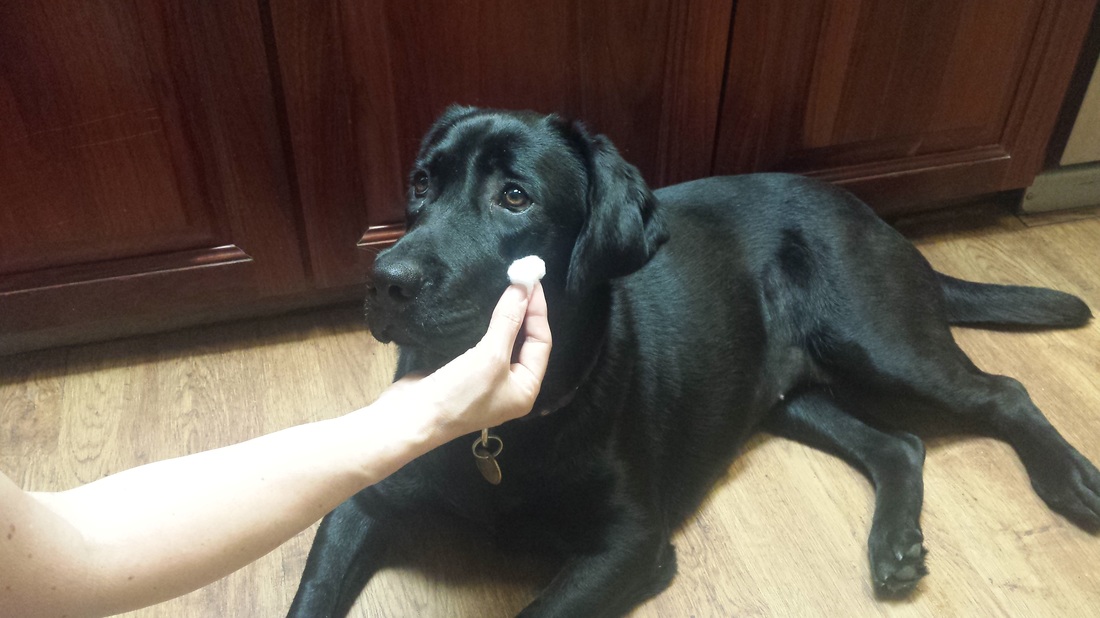
I started with repeated and small steps rather than applying the betadine all at once.
Step 1: Scout stayed still while I stretched the skin for a second with my finger.
I helped her understand that I wanted her to stay still by using the well-known cue of “wait”.
If she moved away, I stopped immediately. She had some control: an ‘out’ if you like.
Step 2: She stayed still while I stretched the skin and touched the area with my finger for a second.
Step 3: I touched for a little longer with my finger.
Step 4: I touched with a dry cotton ball for a couple of seconds.
Step 5: I presented a cotton ball dipped in betadine for a second but didn’t touch her.
When it was wet it smelt of the betadine and dripped a little. Presenting it gets her used to the smell first, rather than coping with the smell and then the feel of a wet cotton ball on her skin. I made sure it wasn't too wet on future applications so it didn't drip. Practice makes perfect.
Step 6: She stayed still while I touched her with the betadine cotton ball for a second.
During the game, I touched her for a little too long and she drew back. When this happened I made a fuss and reinforced the behaviour of staying. She could have run away and disengaged. She was subsequently better the next time I touched her.
Step 7: I touched her for longer with the betadine cotton ball.
Step 8: Job done!
It took just over three minutes the first time. Much less on subsequent applications as she knew what was expected. It was quite hard for Scout to keep her head still (or any part of her body for that matter!). She likes to sniff and touch anything coming her way and most things end up in her mouth. In retrospect, I would improve the way I approached this by going even slower: by staying on each step longer to ensure Scout was even more comfortable and was able to keep her head still for a little longer as well. I would also add another step of presenting the dry cotton ball before touching her with it.
Here’s the video showing how it was done.

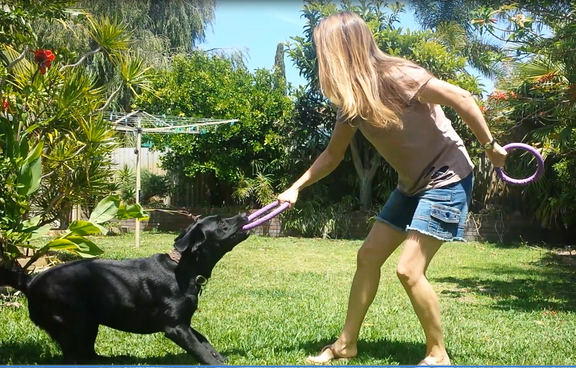
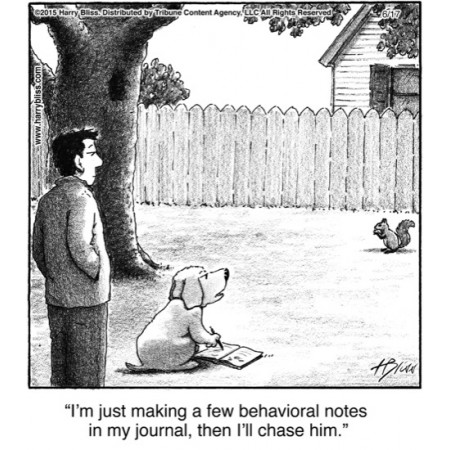
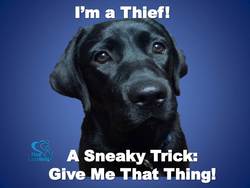
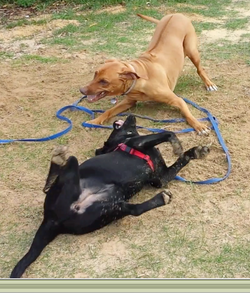
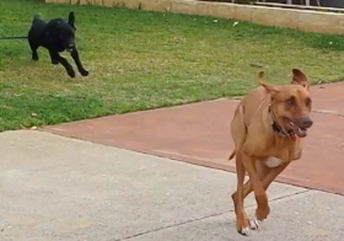
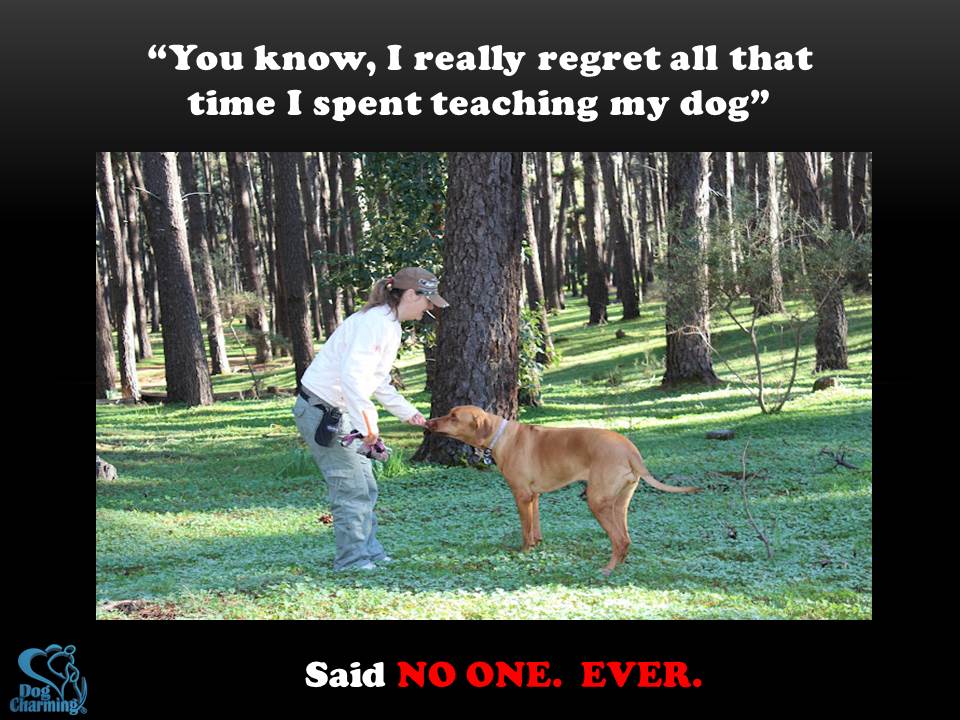
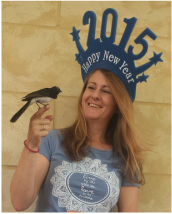
 RSS Feed
RSS Feed